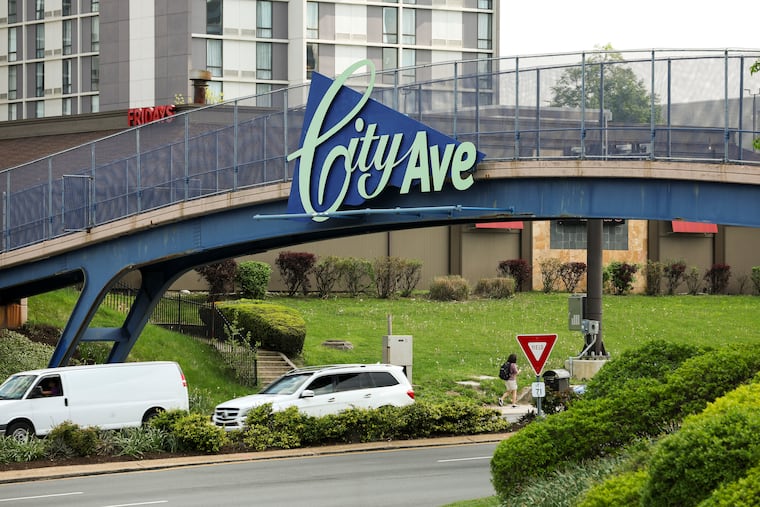City Avenue in Lower Merion set to triple its apartment count, transforming the office and retail hub
The township wants City Avenue to evolve from a sea of parking lots to walkable residential areas promoted by new urbanism.

The township wants City Avenue to evolve from a sea of parking lots to walkable residential areas promoted by new urbanism.
